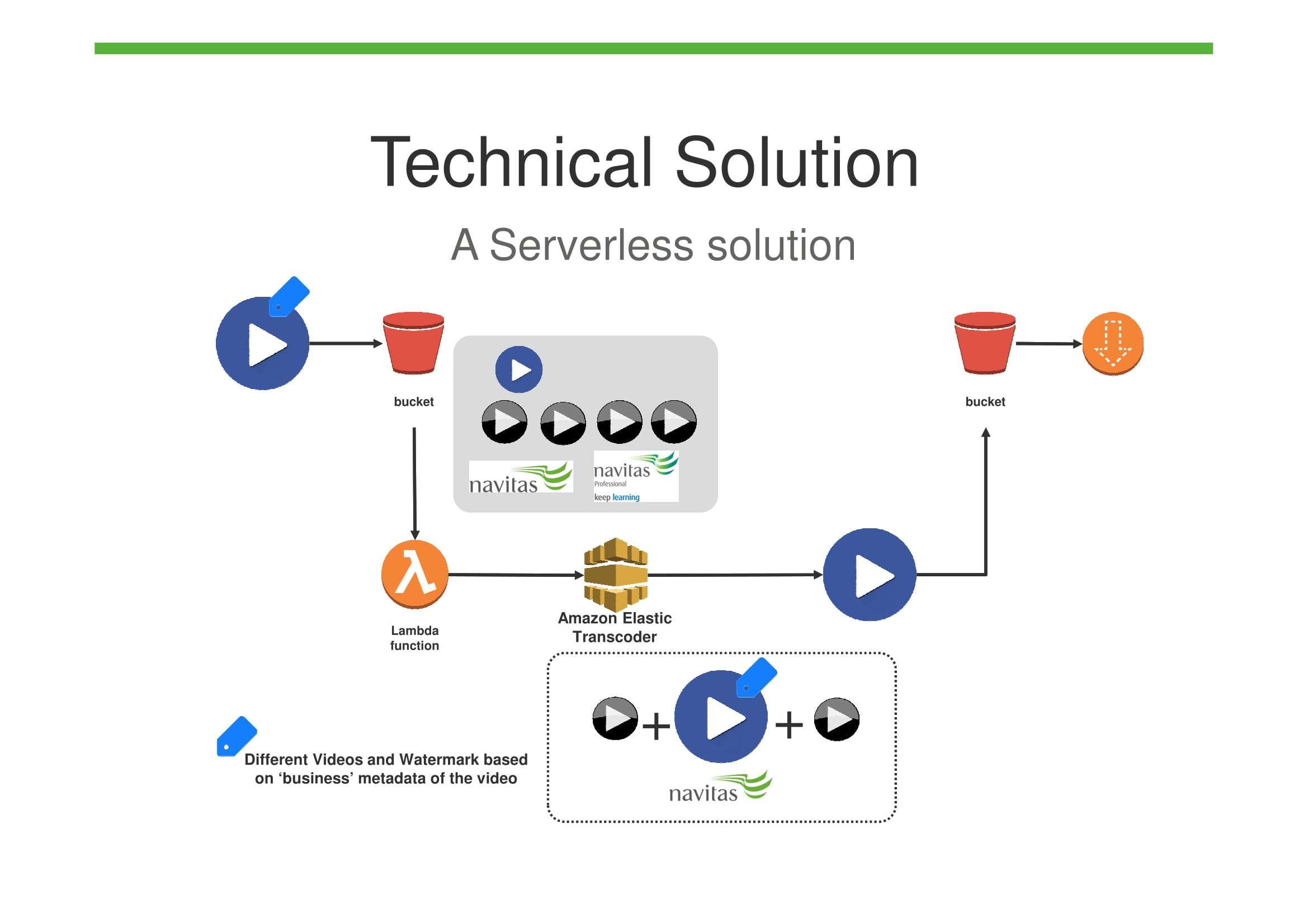An IT design challenge: Hacking your way to a minimum viable product in 24 hours

Many people have a story to tell about the energy being zapped from a great idea by bureaucracy or poor processes. When you want to work fast, get your hands dirty and quickly turn an idea into a minimum viable product, we have to recommend a hack day.
Global Head of IT Development, Joe Fenech, recently put out a design challenge for staff around the globe to solve a business problem in a 24-hour Hackathon.
What is a Hack Day?
People form teams, combining a mix of skills and backgrounds, to try to tackle a business problem that they’ve identified. The business problem might be something that a user has brought to their attention in the past, or a niggling issue they’ve wanted to solve for their own team.
They have 24 hours to turn an innovative solution into a minimum viable product.
Each team then presents their product to an audience around the world that includes the other hack day teams and anyone else who is interested and the projects then get voted on.
Defining a business problem
For this hack day event, five amazing teams from across Navitas came together to work on ideas ranging from software management processes to make development easier through to a fantastic way of monitoring student engagement in class using AI and webcams.
The winning team tackled video processing – specifically, how to automatically add branding and copyright notices to recorded videos as they are uploaded to the learning management system, Moodle.
Why is video processing a business problem? Education is a content-heavy industry. Teachers’ time gets chewed up recording, editing and uploading videos. From the student perspective, their overall experience is greatly influenced by how they interact with video content.
The Winning Hack
The winning team focused on streamlining the handling of videos made by Navitas teachers and staff. The team comprised Learning and Teaching Services’ head of learning technologies, James Hamilton, developers Dasuntha Gunathunga and Nicolas Jourdain, and designer Andrea Scheuringer.
The challenge they set themselves to solve in 24 hours was:
How can we automate a ‘top’ and ‘tail’, copyright notice and watermark into videos made by our staff in an elegant manner?
Their product intercepts videos as they are being uploaded across from Zoom to Moodle.
Getting the video from Zoom to Moodle is already automated. Zoom is the web conferencing platform being adopted by Navitas colleges worldwide through the efforts of Navitas IT. This year, Learning and Teaching Services has developed a Zoom-Moodle integration that grabs Zoom video recordings and shares them to the relevant online class space.
The Hackathon solution, summarised in the image below, grabs the video and sends it in a package with the other ‘branding’ files (the introduction, copyright notice, outro and logo watermark) and sends it to the Amazon Elastic Transcoder to combine, before it passes through to the cloud servers.

The video-handling innovation will soon service Navitas colleges around the world. The first Zoom-Moodle plugin is being successfully trialled by the Australian College of Applied Psychology. Then, the Learning and Teaching Services team hopes to make these great tools available with the next release of Navitas Core Moodle.
The next design challenge?
Congratulations to everybody who participated – it was awesome to see the skill and commitment to innovating with technology.
Keep an ear to the ground in Yammer for the next IT Hackathon, or set up your own design sprint challenge in another area!
